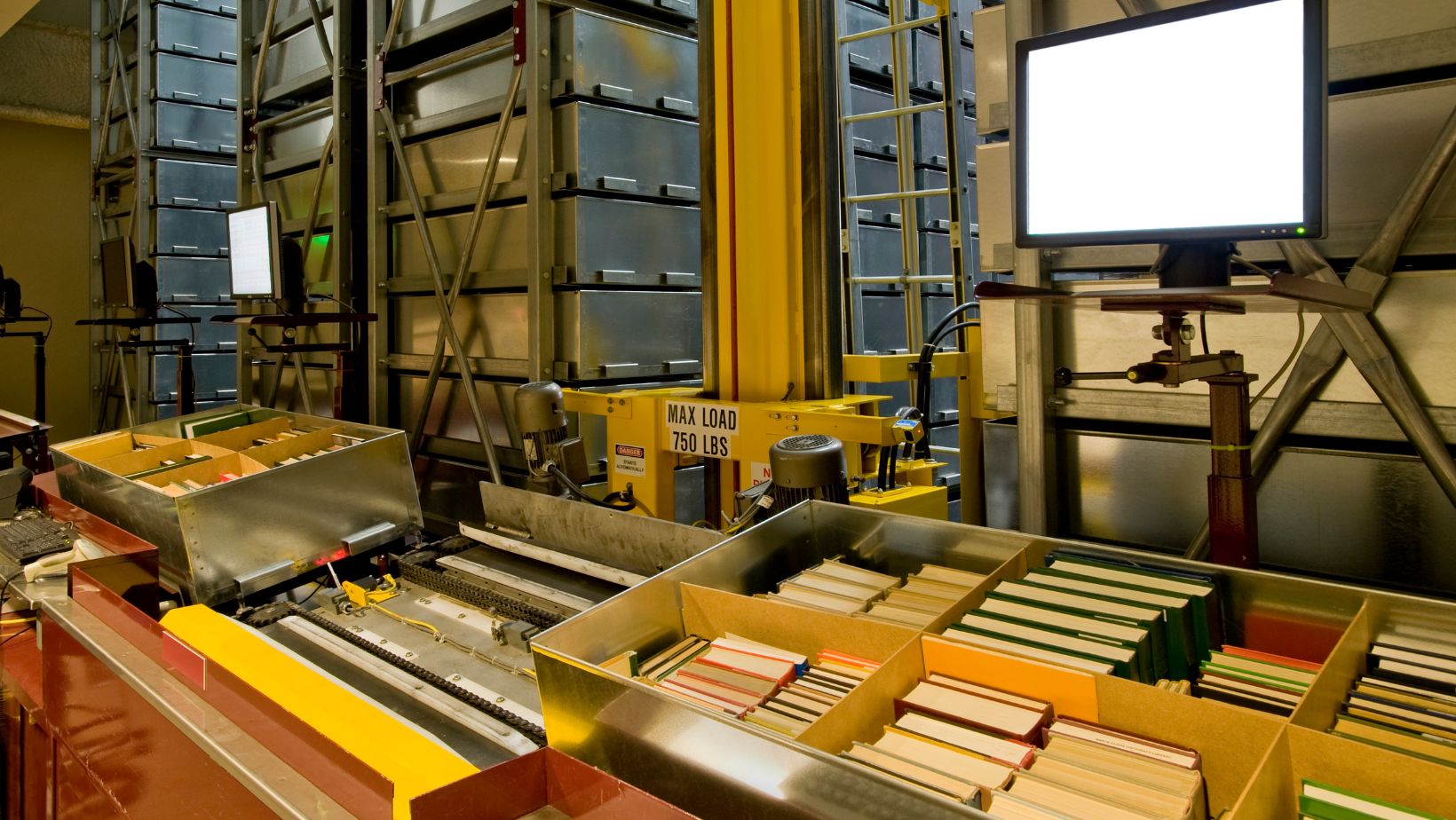
In today’s fast-paced world, efficient storage and retrieval of goods and materials are essential for businesses to thrive. Traditional warehousing and inventory management systems often struggle to keep up with the demands of modern supply chains. This is where Automated Storage & Retrieval Systems (AS/RS) come into play. AS/RS is a cutting-edge technology that revolutionizes the way we store and retrieve items in warehouses and distribution centers. In this article, we will delve into the world of AS/RS, exploring its principles, benefits, types, and applications.
The Principles of AS/RS
At its core, AS/RS is a technology-driven solution designed to automate the process of storing and retrieving items in a warehouse or storage facility. It uses a combination of robotics, conveyor systems, and software to manage inventory efficiently. AS/RS systems employ various technologies, such as automated guided vehicles (AGVs), robotic arms, and conveyor belts, to transport goods from storage locations to picking stations with minimal human intervention.
The Benefits of AS/RS
AS/RS offers numerous advantages to businesses. One of the most significant benefits is increased storage capacity. These systems can optimize space utilization by stacking items higher and in a more organized manner than manual methods allow. This increased storage density translates into cost savings, as it reduces the need for larger warehouses. Additionally, AS/RS systems enhance inventory accuracy, reducing errors and the associated costs.
Types of AS/RS Systems
AS/RS systems come in various forms, each tailored to specific industries and requirements. One common type is the unit-load AS/RS, designed for storing large quantities of uniform items on pallets or in totes.

Mini-load AS/RS systems, on the other hand, are ideal for handling smaller items and are often used in e-commerce operations. Another popular variant is the vertical lift module (VLM), which consists of trays that automatically retrieve items from vertical columns.
Applications of AS/RS
AS/RS technology finds applications across various industries. In manufacturing, AS/RS systems streamline the supply of raw materials to production lines, improving efficiency and reducing downtime. In e-commerce, these systems enable rapid order fulfillment by automating the picking and packing process. Furthermore, AS/RS is crucial in pharmaceuticals, where precise storage and retrieval are essential for maintaining product quality and compliance with regulatory standards.
Challenges and Considerations
While AS/RS offers numerous benefits, it is not without its challenges. Implementing these systems can be costly, and businesses must carefully weigh the upfront investment against long-term savings. Additionally, maintenance and system downtime can pose operational challenges. Moreover, businesses must consider the adaptability of AS/RS systems to changing product lines and evolving storage needs.
The Future of AS/RS
As technology continues to advance, AS/RS systems are expected to become even more sophisticated. Artificial intelligence and machine learning will play a more significant role in optimizing warehouse operations, making AS/RS systems more adaptable and efficient.

Furthermore, the integration of AS/RS with the Internet of Things (IoT) will provide real-time data on inventory levels and system performance, further enhancing decision-making processes.
Conclusion
In conclusion, Automated Storage and Retrieval Systems (AS/RS) are a game-changer for modern warehousing and distribution. These systems automate the storage and retrieval of goods, offering benefits such as increased storage capacity, improved accuracy, and streamlined operations. With various types and applications, AS/RS technology is poised to reshape industries and continue evolving as it embraces the latest advancements in robotics and data-driven decision-making. Businesses that invest in AS/RS systems are likely to see increased efficiency, reduced costs, and a competitive edge in the dynamic world of supply chain management.















